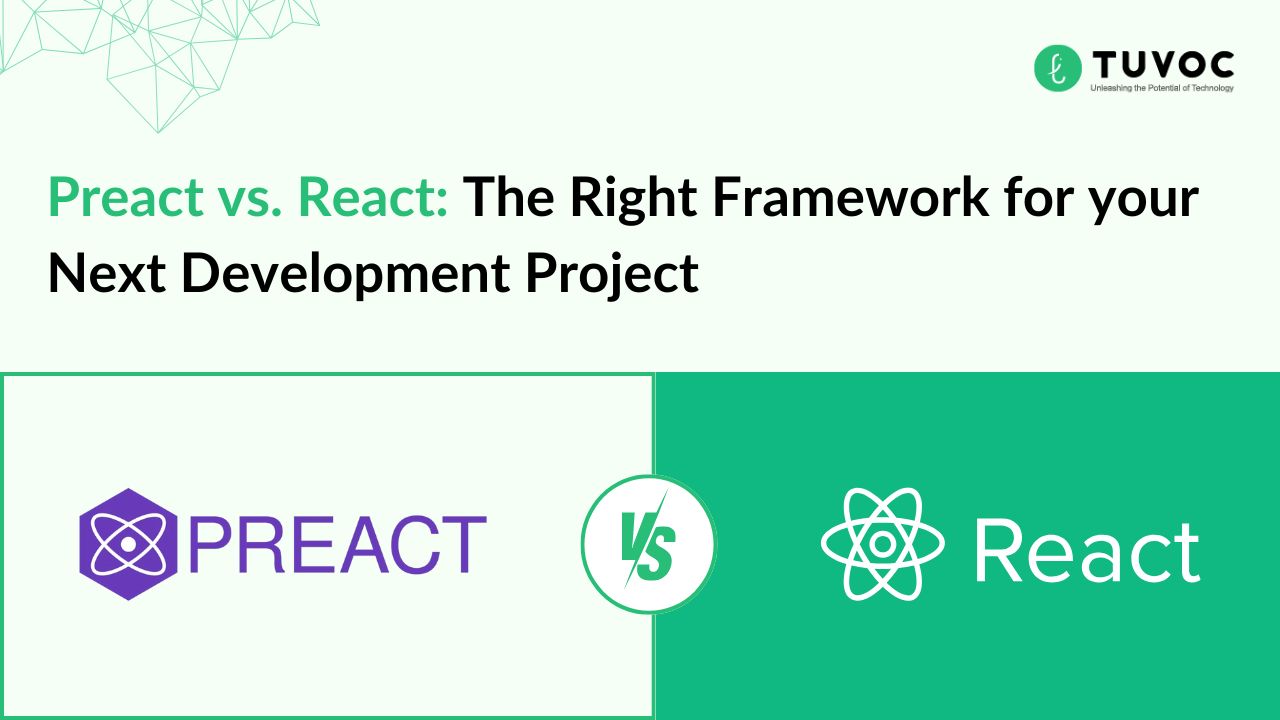A Brief Introduction To DevOps for Java Developers

What is DevOps?
DevOps is a combination of IT practices involving ‘Development and Operations’, thus, DevOps. The process is complementary to agile software development and aims to shorten the development lifecycle by delivering the output with quality and consistency.
It encompasses building, operating, and evolving applications. You can bring together development and operations, where they work on the security and quality of your project, instead of working separately. Development, integration, building, testing, deployment, delivery and operation, all disciplines are worked on together.
DevOps also calls for using tools for developers which shorten the development time significantly. The tasks that were done manually before and took longer time to accomplish are now worked on with support applications without needing outside help with DevOps.
Here is how it is integrated with Java Development.
What is Java DevOps?
Java DevOps refers to using DevOps practices for Java development. Here, you will mitigate the need to compartmentalize the teams when creating Java applications. Here are some of the principles you should know about.
Microservices
This will be helpful, especially for large applications, where instead of creating one gigantic Java application, the application will be made of small, independent applications.
Integration
Here, the developers will need to periodically merge the code they have written to a central repository. The merging, testing, and automated builds are executed on the code after that. This helps in finding and removing the bugs, improving the quality, and saving time, all at once. The new updates keep coming faster.
Delivery
Like integration, this will need the developers to release the code changes into production once written. It will be built and tested automatically. The code that was put into the testing by integration will be put into production with continuous delivery.
Infrastructure
Using Infrastructure as a code means you will allocate and manage the infrastructure using the code and development techniques. The servers and infrastructures will be deployed fast, can be duplicated, and automatically patched. Cloud services can help your teams interact with the infrastructure on the scale they are convenient with. You can also automate configuration management and take advantage of policy as a code, where regulatory requirements are ensured.
These are some basics, now let’s understand the pros of DevOps for Java developers.
Benefits of DevOps for Java
Now we know what DevOps is and how DevOps for Java developers can work with some basic principles. But why should you opt for it? Here is why:
Improves Quality
With continuous integration, every step of development is under testing and monitoring. This helps in better application quality and a pleasant experience for the end-users. The increased security is also a plus.
Saves Time
With Java DevOps, you can save time on development and deliver the end product to your intended user faster. The process becomes even more efficient with time. You can roll out faster updates with market changes and consumer demand.
The Sense of Working Together
DevOps brings your development and operations team together, where they will understand each other’s perspective. The concerns will be shared among the team members and there will be better understanding between the teams and individuals. This inspires team members to help each other out with tools in hand or by developing the tools required. The collaboration will bring out accountability and ownership in the teams.
Ease of Management
The project owners can manage and operate the development processes and infrastructure easily, even on larger scales.
Sure, these pointers may present a solid case for DevOps for Java development, but before you jump right in, there are some things you need to know.
Things To Consider
Before shifting to Java development, you should know about the risks it may bring to you. Here are some things to consider.
Vulnerabilities
With DevOps for Java, if there are problems or a need for upgradation, it would be difficult to keep up with different containers.
Visibility
It may prove to be difficult to check if your containers have spyware or if they are configured right.
Consistency
Some components may not be reviewed, The microservices you use will also need the checking of more configurations.
Cost
Switching to Java development can be pricey. It may require investing in new tools, team training, and higher salaries for skilled developers. Maintenance and upgrades can also increase costs over time.
How to Tackle Them?
Fortunately, these issues can be resolved by using the right tools on your side. They either minimize these issues or help you manage them efficiently. Here are some of the many tools that can help.
Artifactory
A single solution for managing all your containers, components, binaries, and packages throughout the software supply chain. It can serve as a central hub for DevOps to improve automation by integrating the tools and processes.
OpenLogic
OpenLogic offers lifecycle support for any adopted open source. It also offers technical account management, migration, implementations, and upgrading.
Nexus
This repository allows you to centralize, store, develop, and scale your software development by managing binaries and building artifacts across your software supply chain.
Apart from these, there are a number of other tools available for developers to minimize the risks of DevOps for Java development.
Choose the Right Tools
Using multiple programming languages can make the development process extremely complex. Developers use the technology they are most comfortable with, as it helps them manage the components better.
Docker containers are also used to introduce new components, to make the process flexible and quicker.
The issue with these practices, however, is that they can get you in trouble. That’s why it is important to have the right tools to eliminate the risk. Here is how to choose the right tools.
- Pick the tools that make it easier for you to search and organize the components.
- They should have analytics and reporting features.
- They must be able to update the components automatically.
- The tool should have a database of known vulnerabilities.
- It should have rules to define who can use certain components from a particular library.
- The tool should also be able to integrate with release automation tools and be able to warn you about risky components included in your release.
Here are some examples of such tools: Ansible, Chef, CircleCi, Consul.io, dynatrace, Git, Jenkins, LaunchDarkly, Monit, Nagios, Puppet, and many more.
Conclusion
DevOps is an evolution to agile development processes that combine the development and operations part of your application development. When it is done with Java development, it helps the project with continuous integration, continuous delivery, microservices, and infrastructure as a code.
These factors improve the quality of the Java application, save you development time, bring the teams together, and make management easy for the project owners. The cons include challenges to keep up with different containers, checking them for configurations & spyware, and some components that might not be reviewed.
However, since we are talking about Java development here, a number of tools are available to minimize and manage the risks and challenges that come with it. Choosing the right tools for the right purposes becomes extremely important for that reason.






